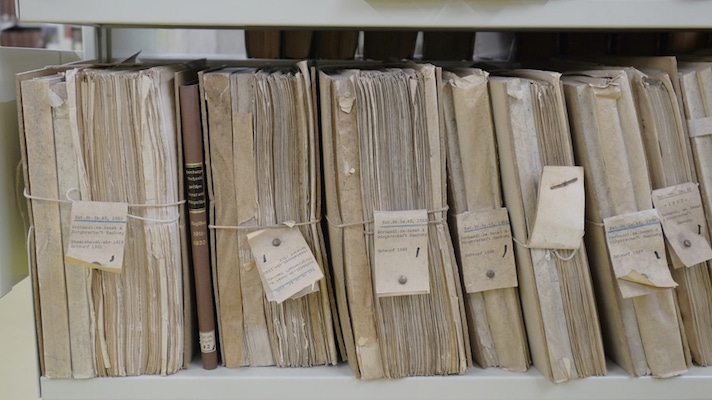 Two of the biggest digital health patent cases in recent years -- Jawbone versus Fitbit and Teladoc vs American Well -- were ultimately decided based on the precedent set by a 2014 Supreme Court case called Alice v CLS Bank. Two experts at Fenwick & West LLP, writing for the patent law blog IP Watchdog, believe that Alice has led to the rejection of many digital health patent applications as well.
Two of the biggest digital health patent cases in recent years -- Jawbone versus Fitbit and Teladoc vs American Well -- were ultimately decided based on the precedent set by a 2014 Supreme Court case called Alice v CLS Bank. Two experts at Fenwick & West LLP, writing for the patent law blog IP Watchdog, believe that Alice has led to the rejection of many digital health patent applications as well.
Partner Antonia Sequeira and Patent Agent Johnathan Chai looked at a sample of 100 digital health patents issued since 2012. They found that considerably more patents filed in 2012 and 2013, the years leading up to the Alice decision, made it through the patent office than in 2014 and 2015 (though they note that the 2015 data can be partially accounted for by a long lag time, meaning some 2015 patents are still not processed). Looking at dates of issue rather than filing shows the same trend.
Alice v CLS Bank established that computerizing a human process is not enough to keep it from being considered an “abstract idea”, one of three categories of invention the Supreme Court has deemed unpatentable, and established a test for whether a technology patent falls into this category. Inherent in Alice, and in the prohibition of abstract idea patents in general, is the idea that broad enforcement of technology patents in burgeoning innovation areas could hurt the health of the space. For instance, a friend-of-the-court brief filed jointly by Google, Amazon, Facebook, and others when Alice was under consideration asserts that "a plague of abstract computer-related patents is impairing and taxing innovation in the high-tech sector."
Sequeira and Chai note a number of strategies by which digital health companies might safeguard a patent application in their article, which delves deep into the technicalities of the patent process. For one thing, one particular art unit, T3600, was more likely than others to put forth an Alice-based objection, so applicants should do what they can to be considered by another part of the USPTO apparatus -- but that's hard for an applicant to control. The authors' best practical advice is to be specific and technical in a patent application.
"[W]hen drafting applications going forward, applicants should ensure that their patent applications include sufficient technical details to help convince the examiner that the invention provides an improvement over the state of the art, preferably making clear in the application what this improvement is and why it is important," they write. "Further, these technical details should be reflected in the patent application claims such that examiners cannot easily interpret the claim as being too similar to generic computer functions."
In general, it's advantageous for patent writers to make the scope of a claim as broad as possible, as it prevents the need for additional patents for each upgrade or advancement. But Sequeira and Chai argue that in digital health, in a post-Alice world, a narrow scope, with specific technical language, is a better bet.













